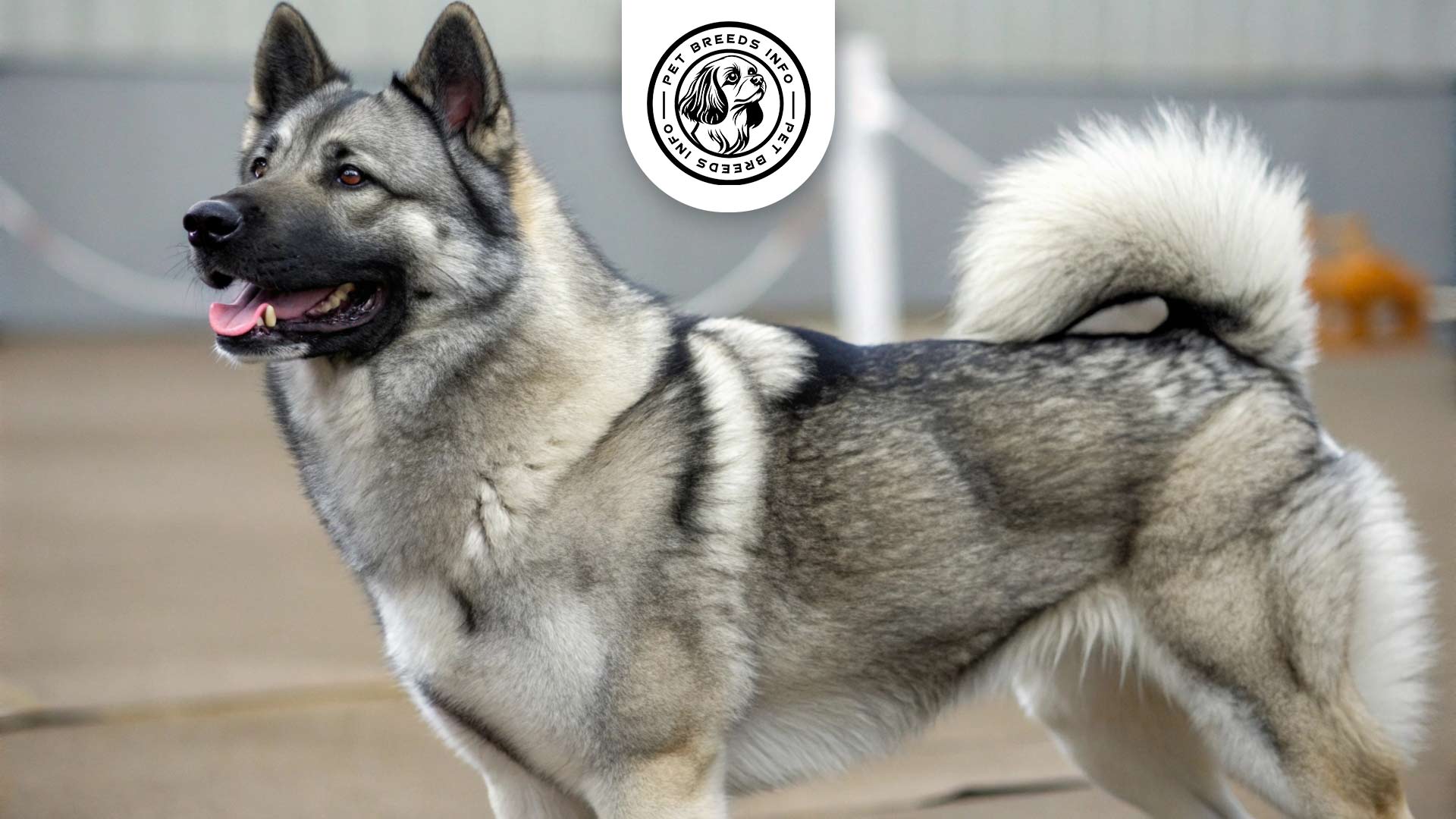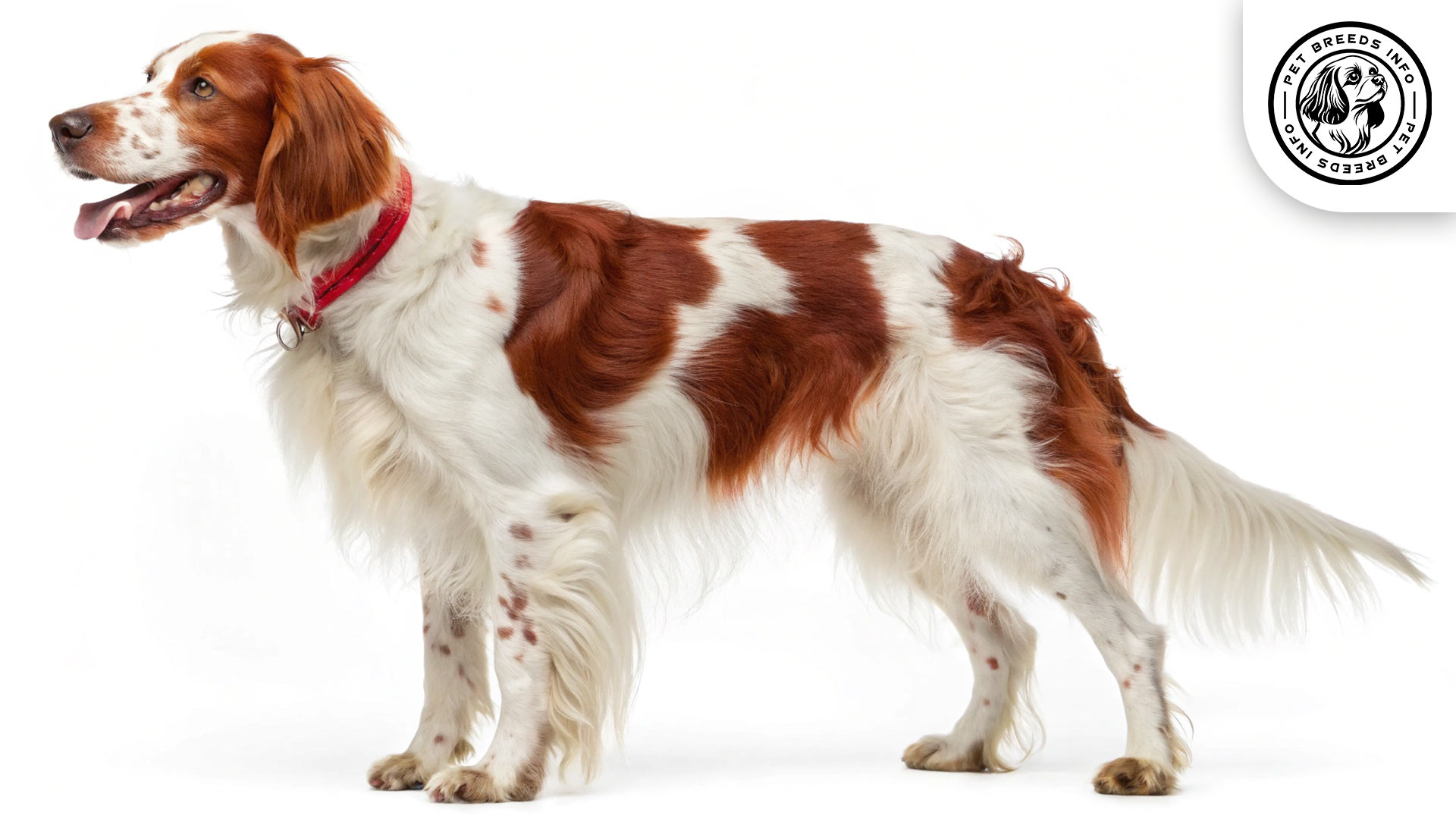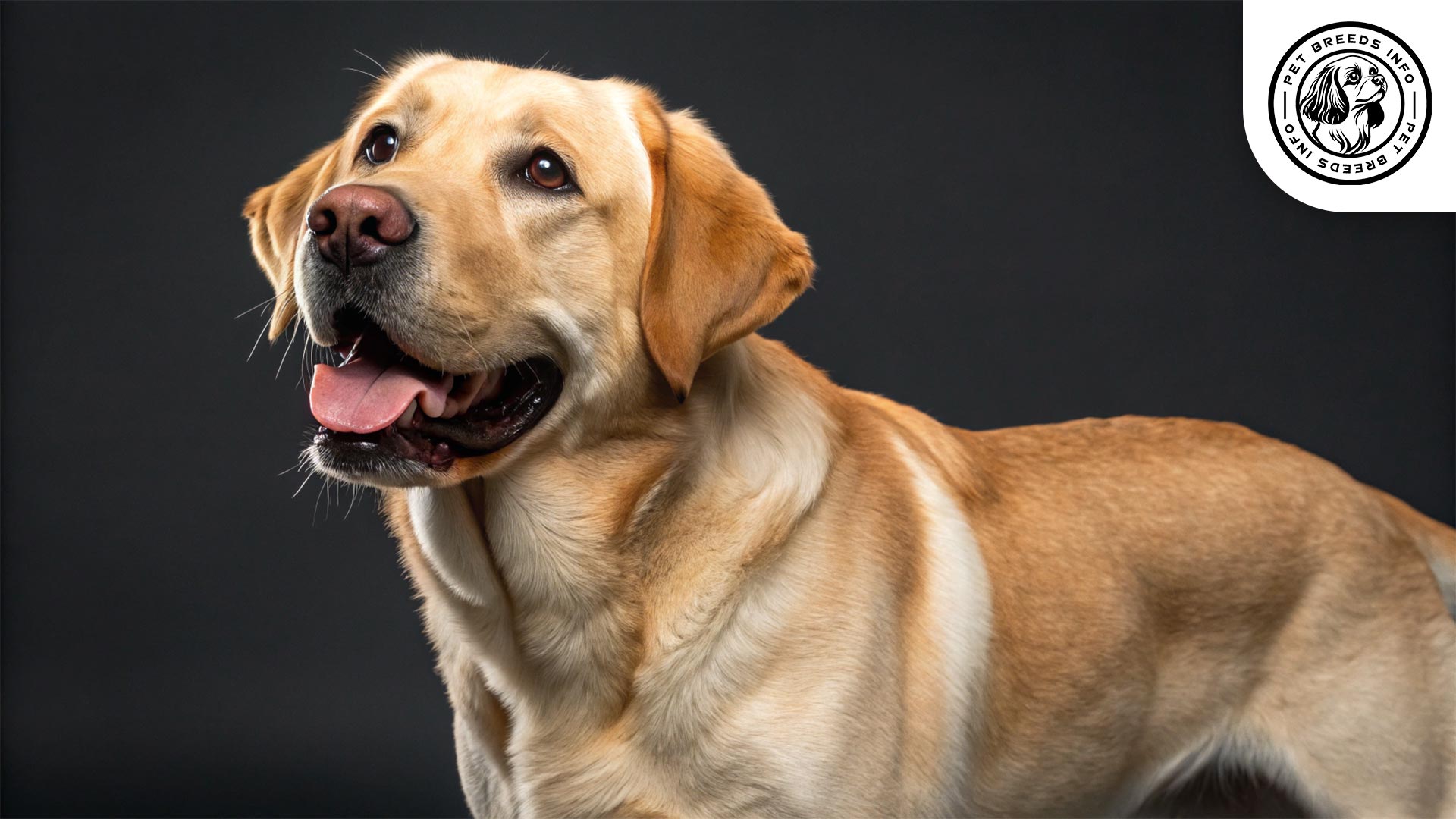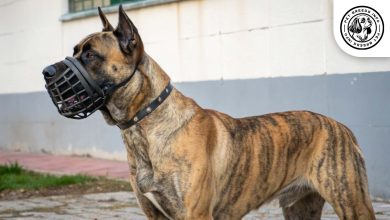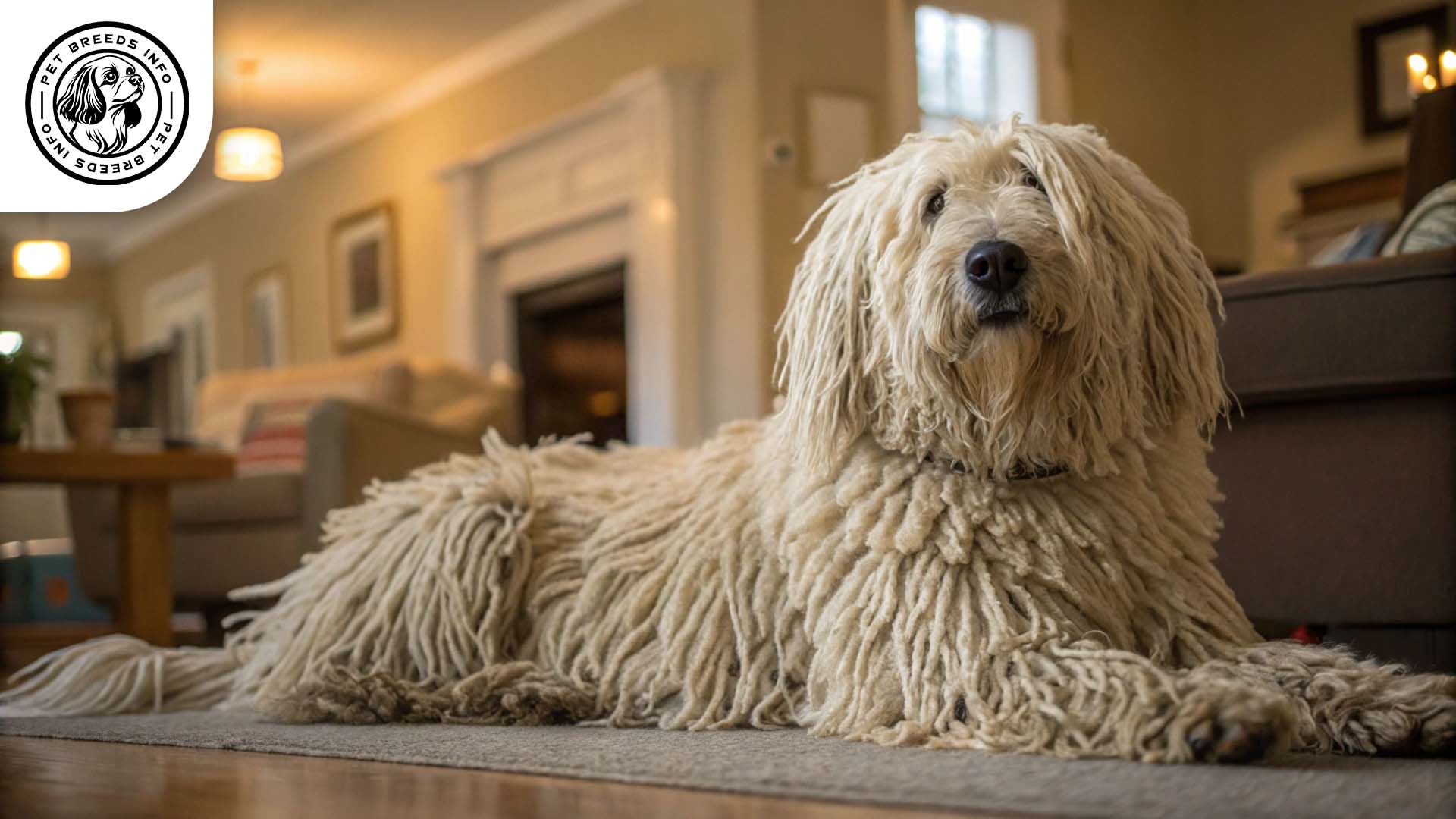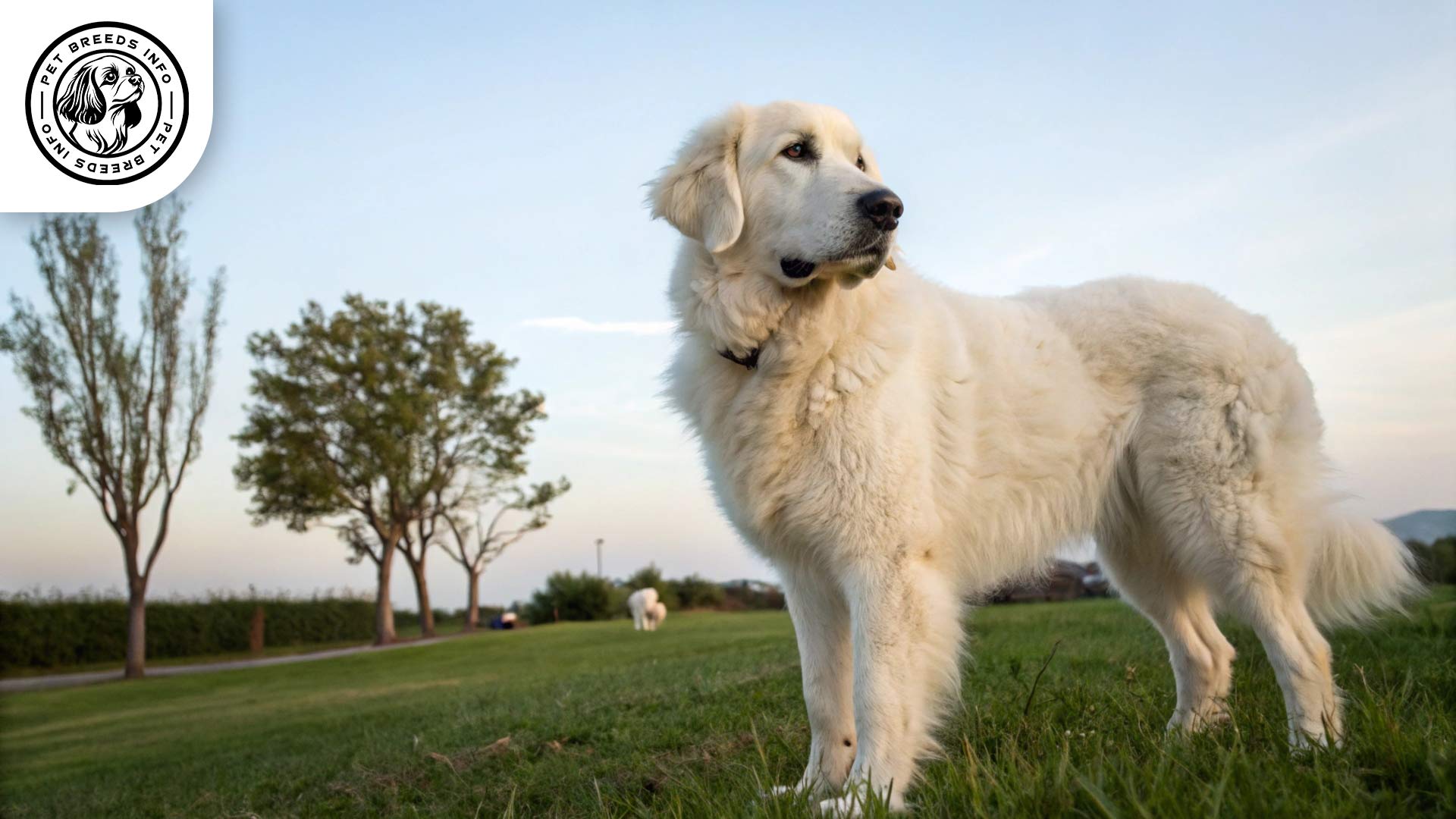Norwegian Elkhound Dog Breed: Size, Price & Personality
General Introduction of the Breed
The Norwegian Elkhound, known as “Norsk Elghund” in Norwegian, is a loyal and intelligent breed with deep roots in Norway. Historically bred as a hunting and guard dog, this breed was used by the Vikings for tracking and hunting moose, bears, and wolves. As one of Norway’s oldest breeds, the Norwegian Elkhound has developed a reputation for its courage, endurance, and loyalty.
Table of Contents
| Color | Gray with black-tipped guard hairs, lighter gray undercoat |
| Weight | Males: 50-60 lbs (22.7-27.2 kg); Females: 45-55 lbs (20.4-24.9 kg) |
| Lifespan | 12-15 years |
| Diet | High-quality dry kibble, wet food, or raw diet, protein-rich |
| Care | Regular exercise, weekly brushing, regular grooming (nails, ears, teeth) |
| Health | Prone to hip dysplasia, PRA, hypothyroidism |
| Nature | Loyal, intelligent, independent, active, alert, good with family |
| Price | $1,000 – $2,500 (puppy from a reputable breeder) |
Physical Characteristics
The Norwegian Elkhound is a medium-sized, sturdy dog with a well-balanced build. Males typically stand between 19 to 21 inches tall and weigh around 50 to 60 pounds, while females are slightly smaller at 18 to 20 inches in height and 45 to 55 pounds in weight.
The breed has a thick double coat, designed to protect it from harsh weather conditions. Its coat is gray with black-tipped guard hairs, and the undercoat is a lighter shade of gray.
The eyes are dark brown and have a keen, intelligent expression. The ears are erect and pointed, enhancing the breed’s alertness. The tail is curled tightly over the back, a distinctive trait of the breed.
Read More: Newfoundland Dog
Personality and Temperament
The Norwegian Elkhound is highly intelligent and learns quickly, making training relatively easy when done consistently. It has an independent streak, which requires firm but positive reinforcement.
With a high energy level, this breed thrives on physical activity and mental stimulation. It forms strong bonds with its owners and enjoys being part of a family.
Social by nature, the Norwegian Elkhound is generally good with children and can coexist with other pets if properly socialized. However, due to its history as a hunting dog, it may have a strong prey drive toward smaller animals.
This breed is highly alert and makes an excellent watchdog. It is sensitive to environmental changes and responds strongly to the emotions of its owner.
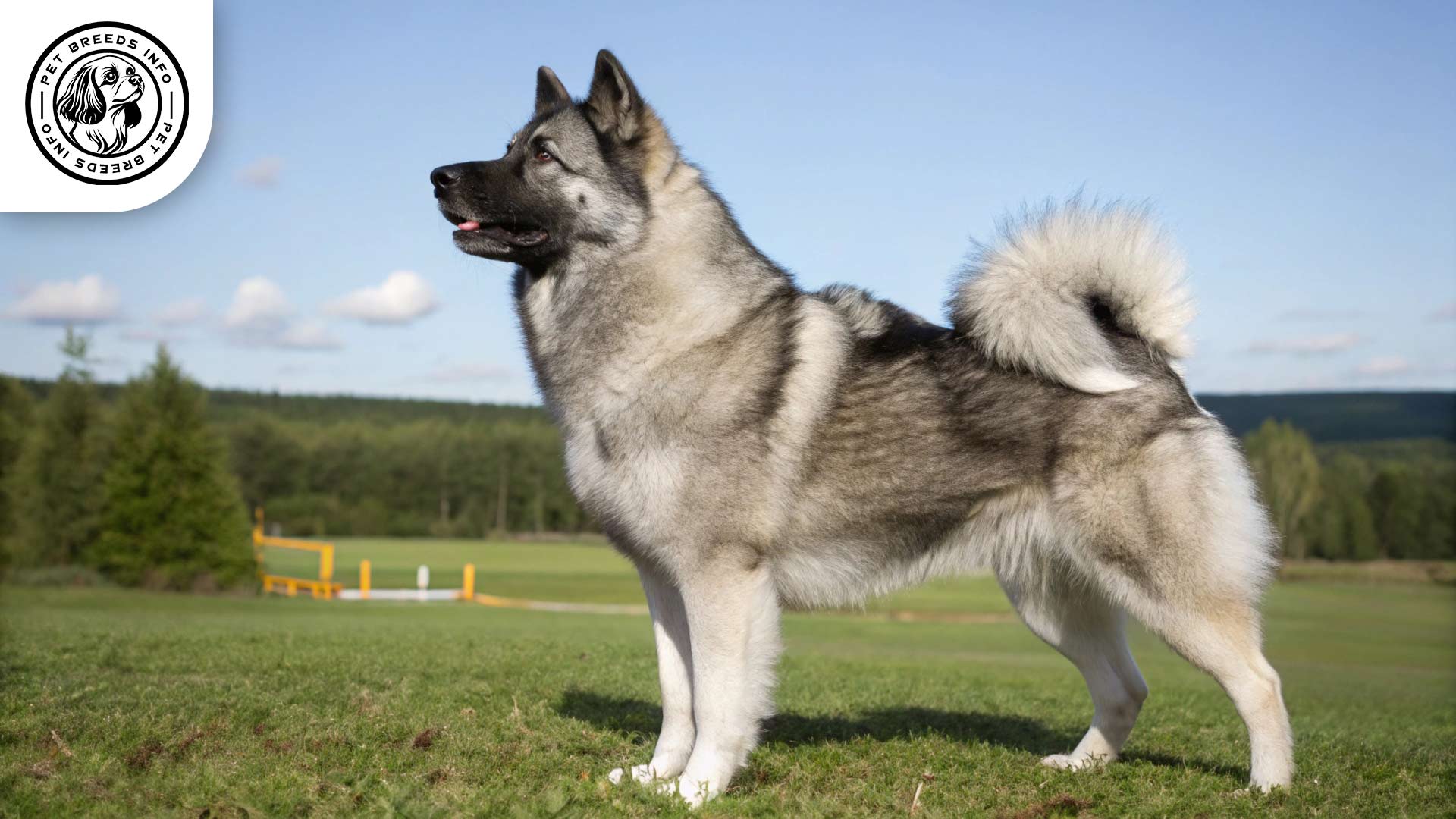
Care and Maintenance Requirements
Being an active breed, the Norwegian Elkhound requires regular exercise, such as long walks, runs, and playtime in a secure area.
It is best suited for homes with ample space but can adapt to apartment living with sufficient daily exercise.
The thick double coat sheds moderately year-round and heavily during seasonal changes. Brushing several times a week helps reduce shedding and keeps the coat healthy.
The breed is highly tolerant of cold weather but can struggle in hot, humid conditions. Owners should ensure shade and hydration in warm climates.
Regular grooming, including nail trimming, ear cleaning, and dental care, is recommended to maintain overall health.
Diet and Nutrition
A balanced diet of high-quality dry kibble, wet food, or a raw diet provides the necessary nutrients. Protein-rich food supports the breed’s active lifestyle.
Avoid feeding human foods such as chocolate, onions, and grapes, as they are toxic to dogs.
Adult Norwegian Elkhounds typically require two meals per day, with portion sizes based on their activity levels and weight.
Read More: Norwegian Buhund Dog
Health and Common Medical Issues
The Norwegian Elkhound is generally a healthy breed but may be prone to certain genetic conditions, including hip dysplasia, progressive retinal atrophy (PRA), and hypothyroidism.
Regular veterinary checkups and vaccinations are essential to maintaining good health. The breed has an average lifespan of 12 to 15 years.
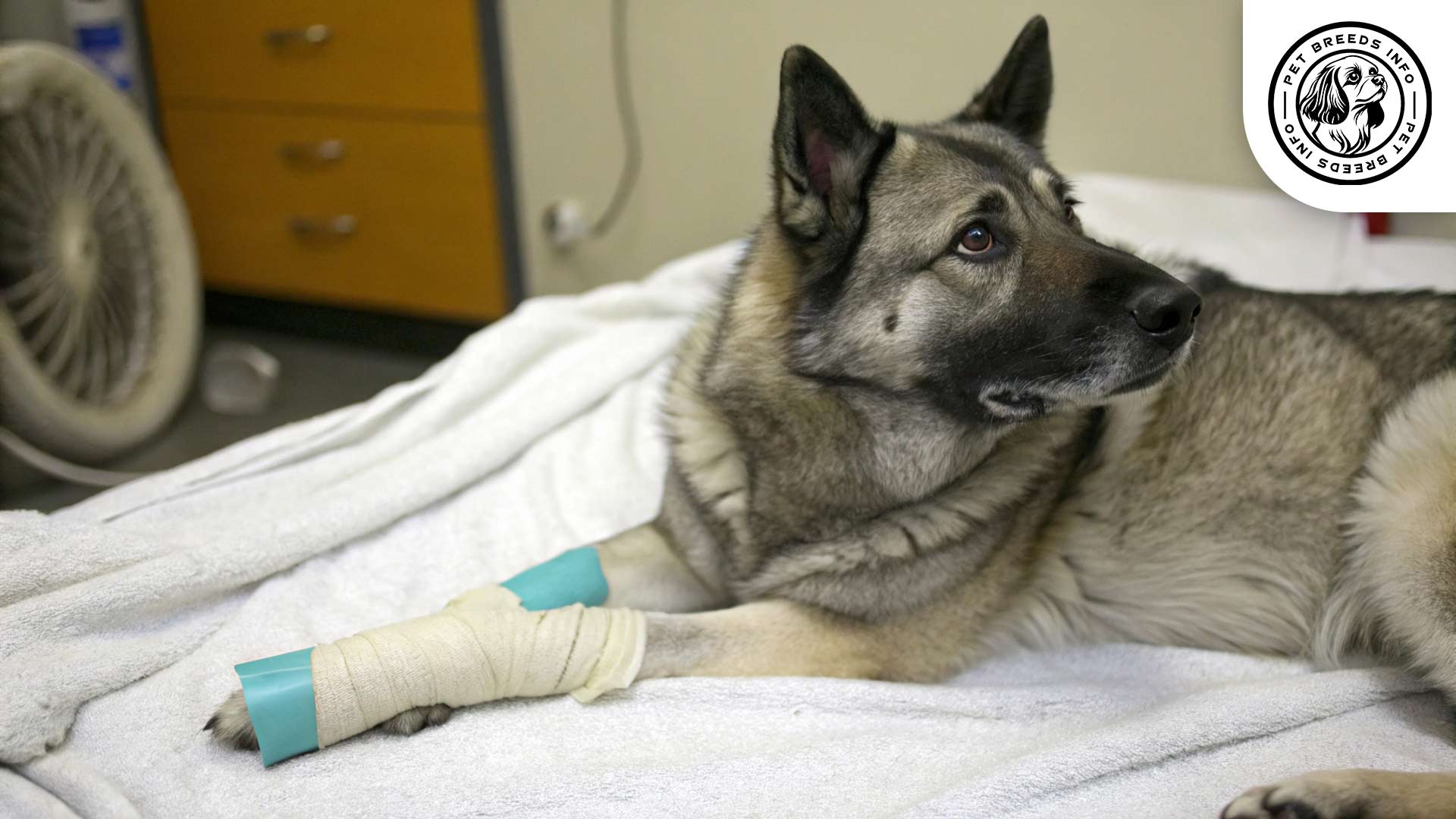
Training and Behavior Management
Training a Norwegian Elkhound requires consistency and positive reinforcement. Since they are intelligent but independent, early socialization and obedience training are essential.
Reward-based training methods work best, as harsh discipline can make them stubborn.
Early exposure to different environments, people, and animals helps promote well-rounded behavior.
Interaction with Other Animals and Humans
The Norwegian Elkhound is known for its affectionate nature and strong bond with its family. It is generally good with children but should always be monitored around younger kids due to its high energy.
It can get along with other pets if introduced properly, though its hunting instincts may sometimes take over around smaller animals.
This breed is well-suited for active families or individuals who can provide ample exercise and companionship.
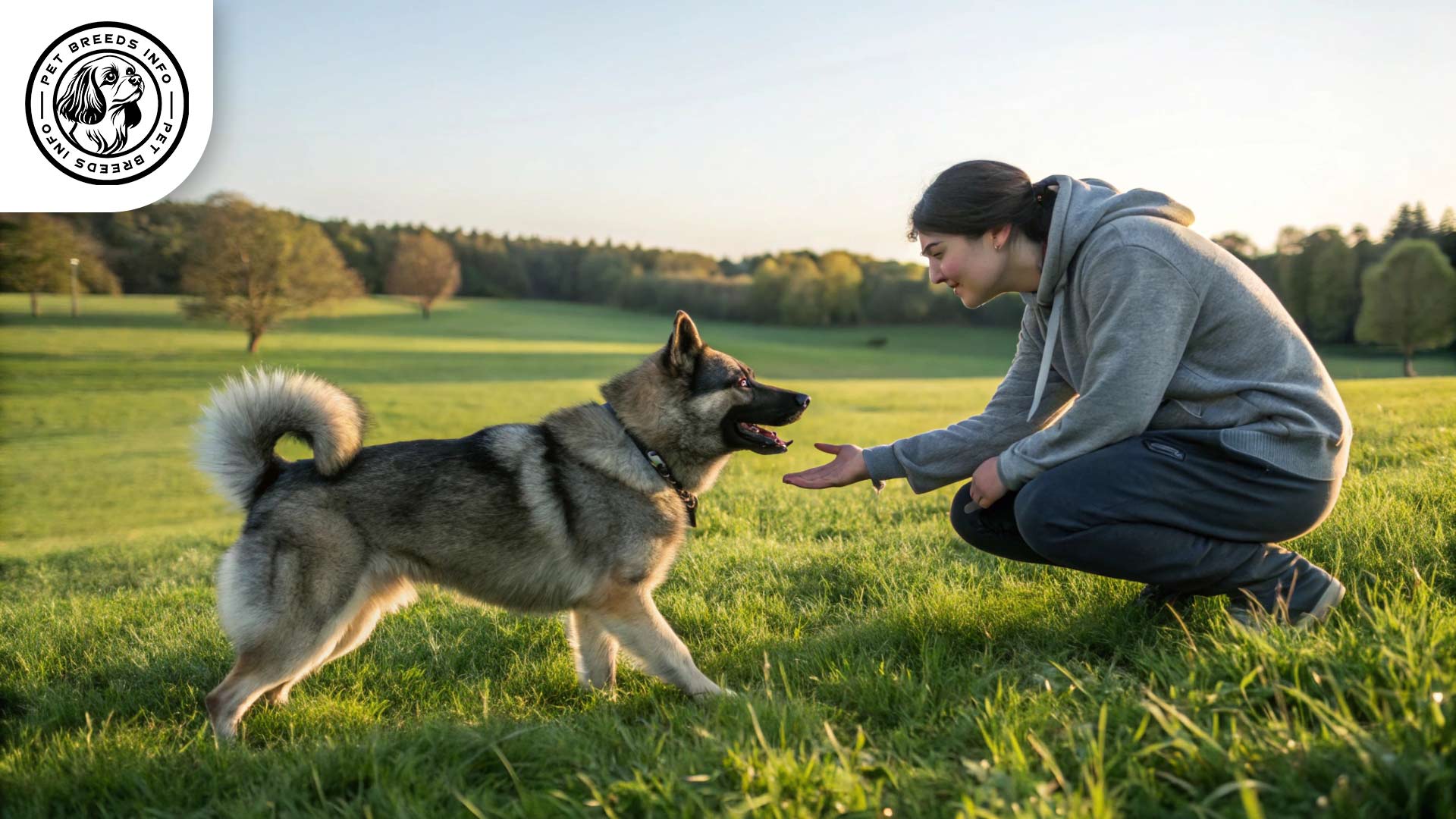
Price and Availability
The cost of a Norwegian Elkhound puppy from a reputable breeder ranges between $1,000 and $2,500, depending on pedigree and location.
Adoption is also a great option, with breed-specific rescues occasionally having Norwegian Elkhounds available.
When acquiring this breed, it is essential to ensure that the dog comes from a responsible breeder or rescue organization that prioritizes health and ethical breeding practices.
Read More: Neapolitan Mastiff Dog
Conclusion and Final Thoughts
The Norwegian Elkhound is a loyal, energetic, and intelligent companion, best suited for active owners who can provide plenty of exercise and mental stimulation.
While they are affectionate and good with families, they require firm training and space to thrive.
Potential owners should consider the breed’s grooming needs, high energy level, and strong attachment to their humans before making a commitment.
FAQ
Is the Norwegian Elkhound a good family dog?
Yes, the Norwegian Elkhound is generally good with children and forms strong bonds with its family. However, due to its high energy, supervision around very young children is recommended.
How much exercise does a Norwegian Elkhound need?
This is an active breed that requires regular exercise, including long walks, runs, and playtime. They thrive on physical activity and mental stimulation.
Does the Norwegian Elkhound shed a lot?
Yes, they have a thick double coat and shed moderately year-round, with heavier shedding during seasonal changes. Regular brushing is essential to manage shedding.
Are Norwegian Elkhounds easy to train?
They are intelligent and learn quickly, but they also have an independent streak. Consistent and positive reinforcement training is essential. Early socialization is very important.
What are some common health issues in Norwegian Elkhounds?
The breed is prone to certain genetic conditions, including hip dysplasia, progressive retinal atrophy (PRA), and hypothyroidism. Responsible breeders screen for these conditions.
